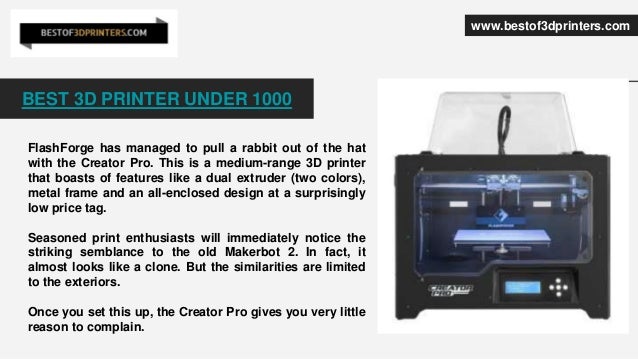

Additionally, the X-Plus makes use of an updated slicing software for more convenient operations tailored for the user.Ī filament detection sensor ensures that you don’t end up with unfinished models during printing. In case of power failure, the unit continues printing from the last location instead of having to start anew, helping you to save on both time and the filament material. Also, a Power Failure Resume feature keeps the process going after any unexpected stops. Meanwhile, the manufacturer uses a proprietary build plate with different coatings on either side, enabling you to print using any kind of material you can find. Another impressive feature is the large 5” color display that makes for seamless operation and adjustment of settings.īetween the user-friendly interface and easy-to-follow instructions provided, you’ll have a satisfying experience as you set up your models for printing. In addition to the enclosed frame design, the Qidi Tech X-Plus comes with a built-in air (carbon) filtration system that keeps the harmful fumes and chemicals inside from contaminating the air in your space. This allows you to print with both common and more advanced filaments. The highest printing temperature on the first extruder is 250 degrees Celsius whereas the second extruder can go up to 300 degrees Celsius. You also get an external and internal filament holder, a unique feature that leaves you with ways of mounting the filament. The good thing is that it is assistive, allowing you to perform the process by following a couple of simple steps. It also comes with a direct-drive feeder system with a nozzle diameter of 0.4mm.Ī single extruder on the printer provides you with interchangeable print heads while the bed leveling is done manually.

Its 270 x 200 x 200 mm build volume may not be a lot but is adequate for most basic models you can think of. The X-Plus features a closed frame design that makes it resemble a mini microwave. Reviews : Product reviews on say a lot about quality.Customer Support: Does the manufacturer have a good reputation for support?.Price: Total cost was one of the key metrics in this review.Does it support open source software: The best things in life are free, and when it comes to 3D printing, the best software on the market all happens to be open source.Is it easy to setup and operate: How difficult is it to assemble? Does it have a user friendly touchscreen or better even.a mobile app?.Auto-leveling: Ensures that the correct height between the nozzle extruder and bed.Does it have a heated bed: Important for printing with ABS and some other plastic.General capabilities: we compare the nozzle heating and cooling system setup, the printing bed and build volume, in addition to the filament and software compatibility.Printing Speed: lighter, smaller pens are easier to paint with.XYZ Accuracy: Very important for small details.Layer height and resolution: One of the main factors of accuracy, lower is better.Let’s get to it! Below you will see a table with the top 5 3D printers under $1000. You can find quite a few entirely enclosed 3D printers under $1,000 that will make it possible for you to begin 3D printing and produce quality prints. You might be tempted to start off by going for one of the cheaper 3D printers, such as the ones we reviewed in our best 3d printers under $500 review, but we at Pen and Plastic believe that the sweet spot for price vs performance currently lies in the sub-$1000 range. Now, remember that 3D printing used to be an industrial activity, and home 3D printing is still a technology that is in its infancy. The purpose of this guide is to assist newbies, or anyone working within a budget to find the best 3D printer under $1000. In this review, we will take a look at a few of the best affordable 3D printers available in the marketplace. This is excellent news for people who wish to print out 3D objects at home, or for those of you looking for an inexpensive method of prototyping. 3D printing has exploded, and with the surge of new businesses trying their hands in the industry, the costs for 3D printers keep falling.


 0 kommentar(er)
0 kommentar(er)
